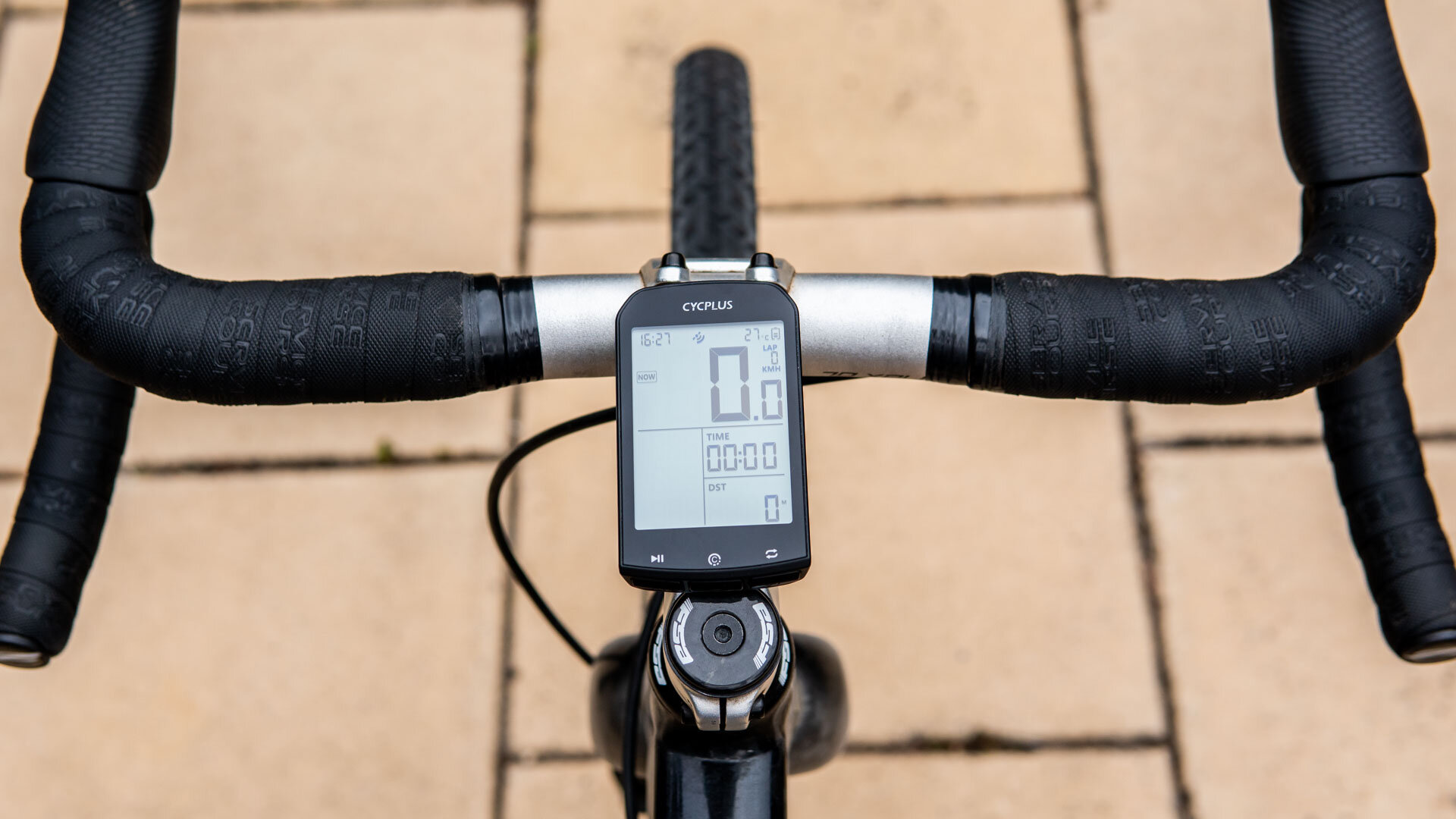My first week with a power meter

Behold peasants, your new power meter overlord. I cracked. I did it. I’m all about watts and FTPs and… whatever else power nerds talk about… So what did I learn in my first week?
Words - James Raison
It’s not necessary
Shock horror, a power meter is not necessary. If you already enjoy riding bikes and don’t have specific training targets, or events to train for then you don’t need one. Power meters have become yawn-inducing fodder for comment sections along with disc brakes, Strava, and tyre pressure. Power meters are either some heaven sent gift that everyone should own or the absolute anti-Christ here to ruin pro racing and turn us all into mindless robots.
It’s the newest in the long incremental development of training aides that has seen heartrate monitors, cycling computers, and cadence sensors become normalised. We can’t un-learn or reverse progress, and neither should we.
I did once see a public invite for a bunch ride that specified “an average of 2 watts per kilo pace”... don’t be that guy...
Behold it in all its glory
My pacing sucks
The biggest benefit I’ve found so far is proper pacing. I’m a hill climbing die-hard and I’ve always wanted a power meter to help me ride hills more efficiently and quickly. My first few tests showed me just how uneven my pacing was. Keeping consistent power output is difficult. I know every gradient change on my local hills but that didn’t mean I could maintain consistent effort.
I noticed my poor pacing most when the gradient reduced during a climb. Suddenly the watts plummet but I still feel like I’m maintaining my effort. A drop from 8% to 5% saw me drop 50 watts without feeling any change in output.
It works the same with gradient increases. Even minor ones from flat to 4% caused a jump as I instinctively tried to maintain speed, rather than a consistent effort. I now have the numbers handy to keep surges or drops under control.
Wanna pace better? Power meter buddy!
Watch that cadence
Nothing spiked my power more than trying to maintain a comfortable cadence when the gradient picks up. As soon as I dropped below 80 rpm the watts jumped as I tried to maintain a comfortable rhythm. Self-professed “grinders” might feel that their way is better, but the extra stress and fatigue on the body will affect you either during or after the ride.
Sure, you can claim that “grinders are grinners” and yes, you may indeed be smiling, but you’re being wasteful with your energy.
It'd be tempting to say “spin to win“ right now but I'd have to punch myself in the face afterwards.
It’s a training equaliser
I dunno... do you think that's enough data?
Power data relegates speed or time as the most useful training metric. Strava has turned me into a PB/KOM chaser, and that’s all about speed and time. Power is the great equaliser.
I’ve got plenty of fast times that were wind assisted, in a bunch, or done in conducive conditions to just going fast. Now there’s tangible training value when I ride in head winds, on crap days, or on my heavier bike. The power meter lives on my 9.5 kg Curve. When I want to go as fast as possible I can drag out my 7 kg Bottecchia out and go for a blast. The Curve is slower but now the training is more relevant because of the power meter.
Again, this goes back to why you’re riding. I always have fun on the bike and the power meter has not reduced that. It has changed my thinking somewhat, so now I can productive regardless of whether I’m setting new segment records.
For the Indian Pacific Wheel Race
A few mates have been prodding me to get a power meter because they’re so interested in the data from the Indian Pacific Wheel Race. For me, I saw the value in pacing. The potential benefits are huge in ultra-endurance events.
Riding a full laden bike with the aero profile of a brick can see you easily torch yourself by focusing on speed or perceived effort. Climbing is a horror show as well, with all that weight and exhaustion in your legs. Having power data means I can reduce long-term fatigue by keeping my efforts under control, particularly on climbs. The cumulative benefits over that distance could be massive.
Hey, speaking of Indy Pac power data, follow me on Strava for all the boringly low numbers.
I have no idea what's going on in my Training Peaks account
SHOULD YOU BUY ONE?
Do you want one? Do you have the cash to spare? Are you going to learn how to use it properly? If yes to all of those, then go for it. I sat on the fence about it but I immediately see the benefits now and am already thinking of how to make it work towards my targets.
Plus now I have one, I can bore people to sleep talking about my power data. I'll never be beaten to the top of a hill again!
Do you have a power meter? What did you learn from using it? Leave us a comment below.














